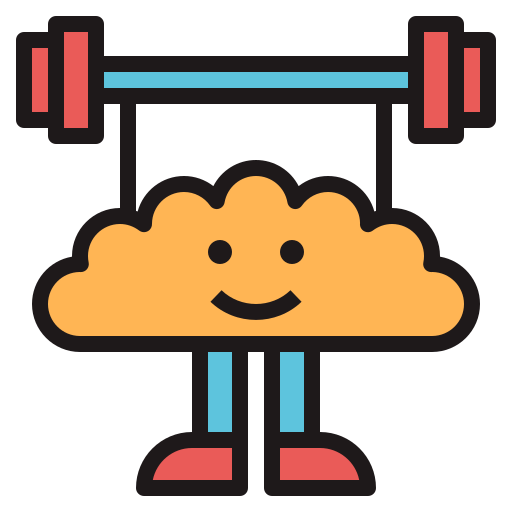Working memory is a part of the executive functions of our brain. It is a cognitive system that is used when we are keeping information in short-term memory and processing and manipulating that stored information. Working memory improves from childhood and usually reaches its peak in mid-twenties, then it slowly declines with age.
How can you train your working memory?
Working memory capacities can be improved through repetition and training. This is based on brain’s neuroplasticity, which is the brain’s capability to adapt to the environment it is in. The effect by some programs (Cogmed / Robomemo) has shown to be effective compared to a placebo group. By training working memory you could possibly learn new skills. For example those who want to learn new flags of the world, keep playing the game Kobadoo Flags, and play it repeatedly. Eventually you might see that you will also learn some new flags just by playing a game and possibly reach higher levels.
